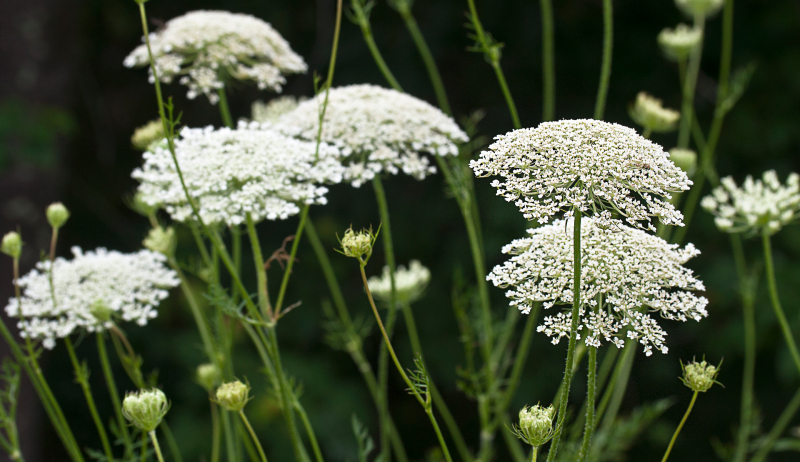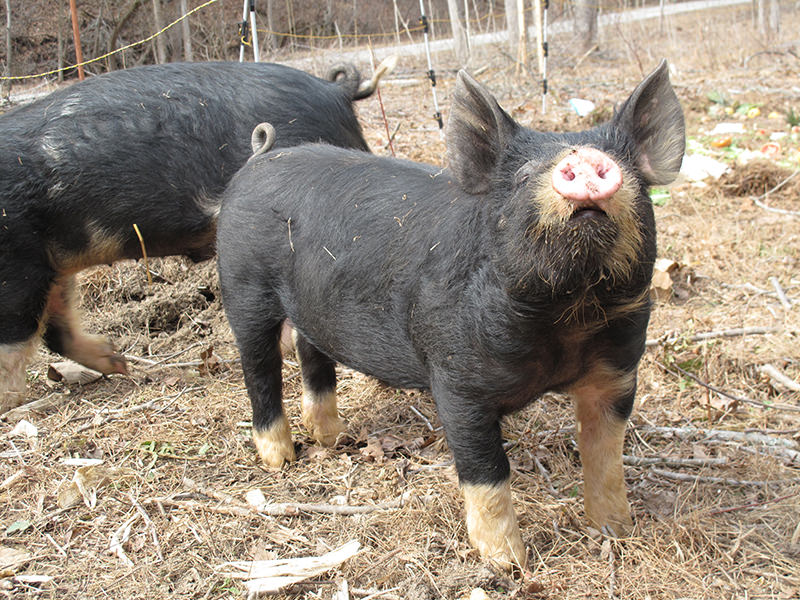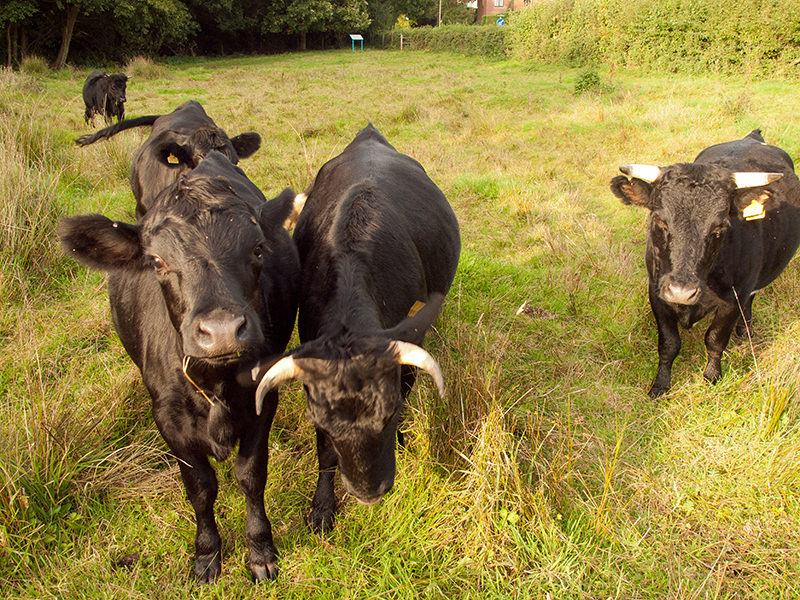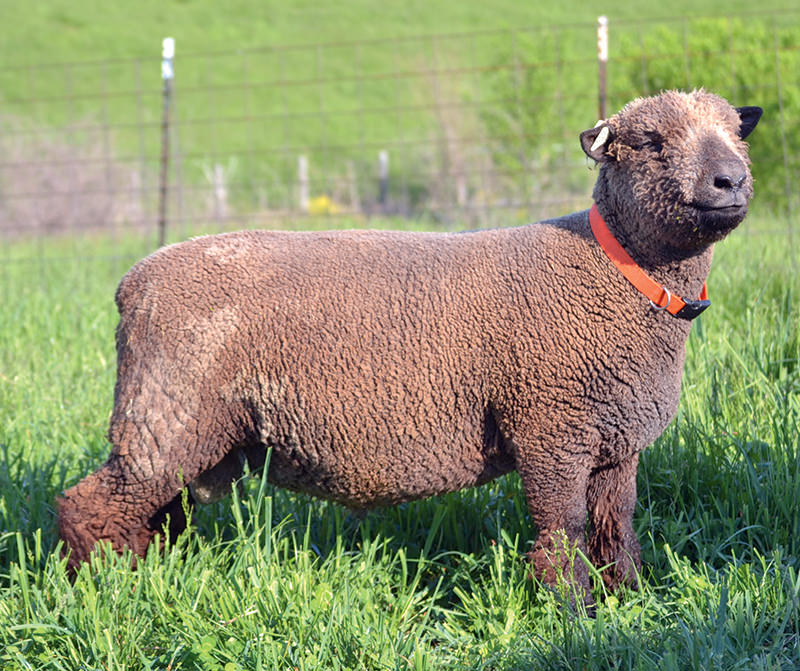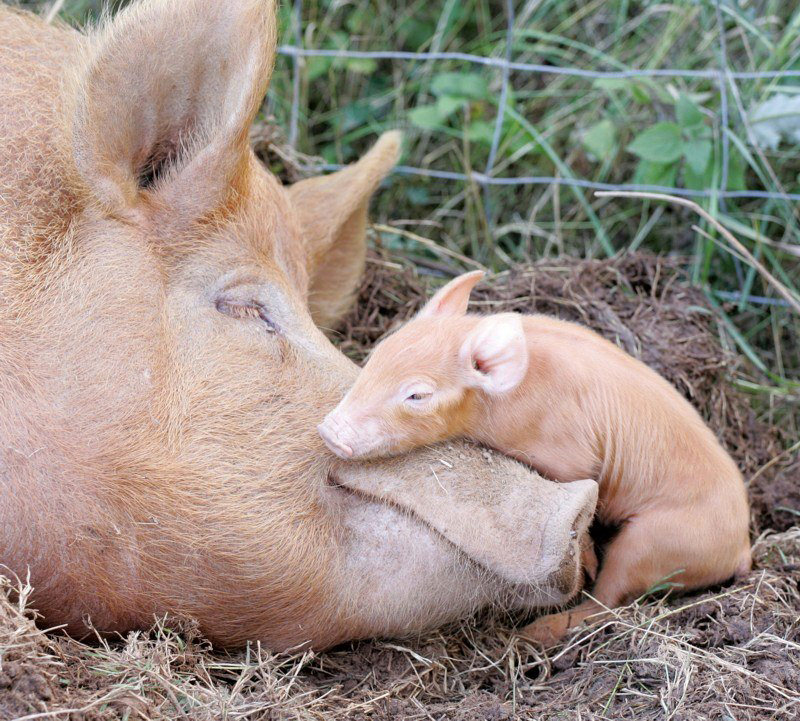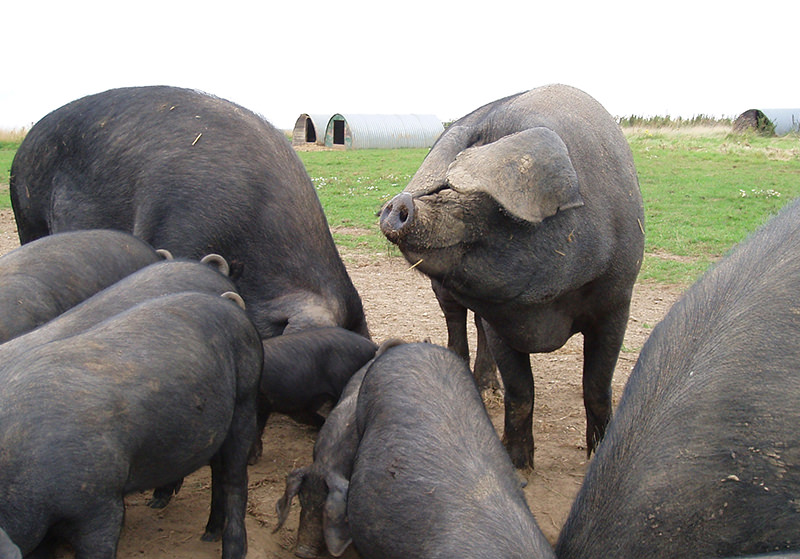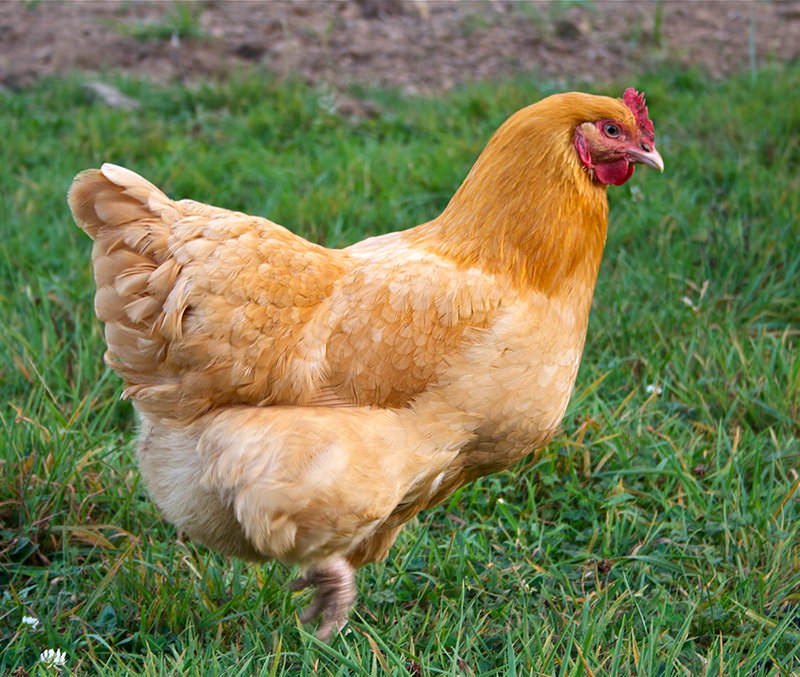Yarrow look-alikes can be abundant in the summer and early fall landscape. Beware! There are three wildflowers – Queen Anne’s lace, yarrow and poison hemlock – that look similar, each with a white umbel blossom. While two of them can be eaten or used medicinally, one is extremely poisonous. Here’s how to know what’s what.
1. Queen Anne’s Lace (Daucus carota)
Queen Anne’s lace (pictured above) is one of the first flowers I learned to identify as a child. I’ve always remembered it thanks to the legend surrounding one of its identifying features. As the legend goes, Queen Anne was sewing a piece of lace, when she pricked her finger, and a drop of blood fell in the center. Thus, a good way to tell Queen Anne’s lace wildflowers from the list of yarrow look-alikes is to look for a small purple flower in the center of the umbel—the drop of blood.
Queen Anne’s lace grows to be about 2 to 4 feet tall. It has finely dissected leaves, white umbel blossoms that emerge in a flat cluster and hairy stems. (Think: “Queen Anne has hairy legs.”) Flowers emerge from April through October. You’ll find them in disturbed areas such as roadsides.
Queen Anne’s lace is also known as wild carrot, and, as you might suspect, it belongs to the carrot family. In fact, the root is a favorite wild food among foragers, and you can eat it just as you would a carrot. As the plant is a biennial, harvest roots only in the first year. Second-year roots can be woody. The rest of the plant is edible, as well. Throw the flowers in a tea or use them to flavor pickles. Chop up the greens for a stir-fry or salad. You can use the seeds in tea as a diuretic or to relieve gas. You can also use them as a seasoning, similar in flavor to caraway. However, avoid using the seeds if you’re pregnant, as they have a history of use as a contraceptive.
2. Yarrow (Achillea millefolium)

Yarrow and Queen Anne’s lace can be easily mistaken for one another. The two wildflowers grow about the same height, in the same areas, at about the same time of year. Yarrow grows about 1 to 3 feet tall and can be found in disturbed areas. It also produces a white (and, on rare occasions, pink) umbel flower head. The blossoms appear to me to be a little more hardy than that of Queen Anne’s lace, which looks more loose and lacy. Yarrow also has finely dissected leaves but with a more feather-like appearance. You’ll see its flowers popping out between May and October.
Yarrow is best known as a wound healer—you can literally pluck the flowers out of the field, give them a little chew to macerate them, and then stick them on a bleeding wound to make the blood flow stop. The legend goes that during the Civil War, people used these wildflowers as a poultice to stop the bleeding of wounded soldiers.
You can also use the aerial parts (flowers, stem and leaves) internally—dried, fresh or tinctured—in many ways. Yarrow can help regulate menstrual cycles in women. In combination with other herbs, it can treat colds and flu. It also helps treat hay fever, high blood pressure and circulation issues.
3. Poison Hemlock (Conium maculatum)
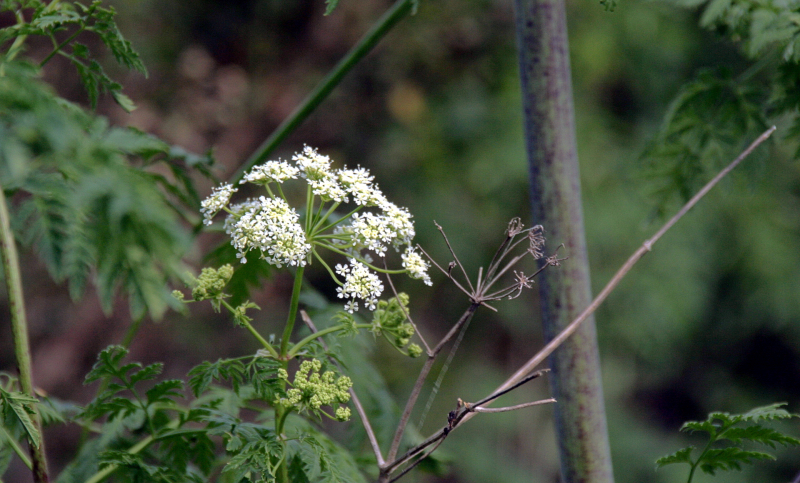
Of the wildflowers on this yarrow look-alikes list, properly identifying this one is most important because the name doesn’t lie—eating it can be fatal. Unfortunately, as a member of the carrot family, it looks like many other edible plants, including Queen Anne’s lace, cultivated carrots and parsley. A farmer friend told me of a friend who raved about “parsley” that “suddenly appeared” in her garden that she’d been nibbling. Knowing that parsley doesn’t tend to “suddenly appear” where it wasn’t planted, my farmer friend asked whether she could see it. Turns out it wasn’t parsley at all, but poison hemlock. Thankfully, the person and her family hadn’t fallen sick from the bits they’d ingested, but this is a perfect illustration of the need to follow the golden rule of foraging: If you can’t definitively identify the plant, don’t eat it.
Poison hemlock can grow between 2 and 6 feet tall. It has a hollow, grooved stem, nearly as thick as an index finger, with distinctive purple spots. The leaves have a finely dissected appearance typical of those in the carrot family, though the general shape is that of an equilateral triangle. Like Queen Anne’s lace and yarrow, it has white umbel flowers. However, the stalk is highly branched, so you’ll see more umbels per plant on poison hemlock than you will on the other two species mentioned here. Like the other two plants, though, it grows in disturbed areas—I often see it in our area along creek beds or old cattle grazing areas.
I cannot overemphasize: This plant is extremely poisonous. Merely touching the poison hemlock can cause dermatitis. If taken internally, its toxic alkaloids can affect the nervous or respiratory systems. Even small amounts can result in death. If you find poison hemlock growing in an area where pets or children roam, remove it promptly and carefully. Wear long sleeves, pants and gloves. Dispose of the plant in plastic garbage bags, and do not let the plant touch your skin. Be sure to clean off any tools, such as clippers, you use so that you don’t inadvertently come in contact with the toxic juices. For more on poison hemlock control, visit the website of the University of California’s Integrated Pest Management Program.
Yarrow Look-Alikes: Foraging Advice
Foraging can be fun, but some yarrow look-alikes make it tricky. As you observe what grows in your area, find a guidebook and/or a plant identification app and learn more about what you see or, better yet, follow an experienced forager. Again, never eat something if you can’t identify it with 100 percent certainty.
This article about yarrow look-alikes was written for Hobby Farms magazine. Click here to subscribe.



